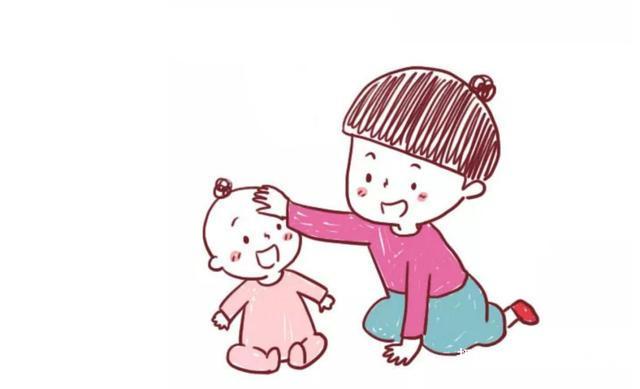In the first month after a baby is born, their weight may slightly decrease, and their body presents a natural curvature, resembling the position in the womb. They rarely lift their heads, and their limb movements are rather random; their little hands occasionally open and close but are unable to grasp toys tightly, and their feet cannot support their weight. During this stage, babies express their needs through crying, occasionally smiling unconsciously, and may snore lightly while sleeping. They can recognize their parents’ voices, their vision is still blurry, and their routine is not yet regular. They display innate behaviors, such as crying to seek comfort or food, thereby establishing trust in the world.
As they enter the second month, babies gradually extend their limbs, can slightly lift their heads to a 45-degree angle, still require support when sitting, and their hands begin to open partially. Occasionally, they may swing their fists aimlessly and can grasp toys like rattles. They can make sounds like “uh-uh,” blow bubbles, or even scream, and may respond with smiles, starting to show preferences and dislikes. They enjoy sucking their fingers and making eye contact with others, are able to recognize faces, and even mimic expressions, following moving people with their gaze.
By the third month, babies can fully extend their limbs, maintain their head at a 45-degree angle, and when their feet are on solid ground, they can attempt to prop themselves up with their hands. Their grasping time extends, and they may sometimes grasp their own hair or clothing, finding entertainment in their fingers. They enjoy interactions with others more, and if play is interrupted, they may cry. They begin to recognize specific sounds and might even emit laughter. Babies gradually become aware that different actions, expressions, and sounds can elicit reactions from those around them, leaning towards using facial and body language to convey emotions.
To promote auditory development, early auditory stimulation is particularly important, especially during the rapid language development phase of infancy. The development of a baby’s hearing begins in the fetal stage, so prenatal education often includes auditory training. Mothers can stimulate their baby’s hearing by humming lullabies, playing soft music, or speaking gently and slowly with the awake baby, using varied content to stimulate their hearing. As the baby grows, caregivers can guide them to locate sound sources and enhance perception through games that combine sound and visuals. After six months, introducing English listening exercises can both train hearing and lay a foundation for learning a new language. Nursery rhymes and cheerful children’s songs appeal to children of any age, and outdoor activities can enrich the baby’s auditory and visual experiences.
For babies aged seven to nine months, hearing further develops, entering the sound differentiation stage. At this time, parents can continue to stimulate and nurture the baby’s hearing abilities through various sounds in daily life.


